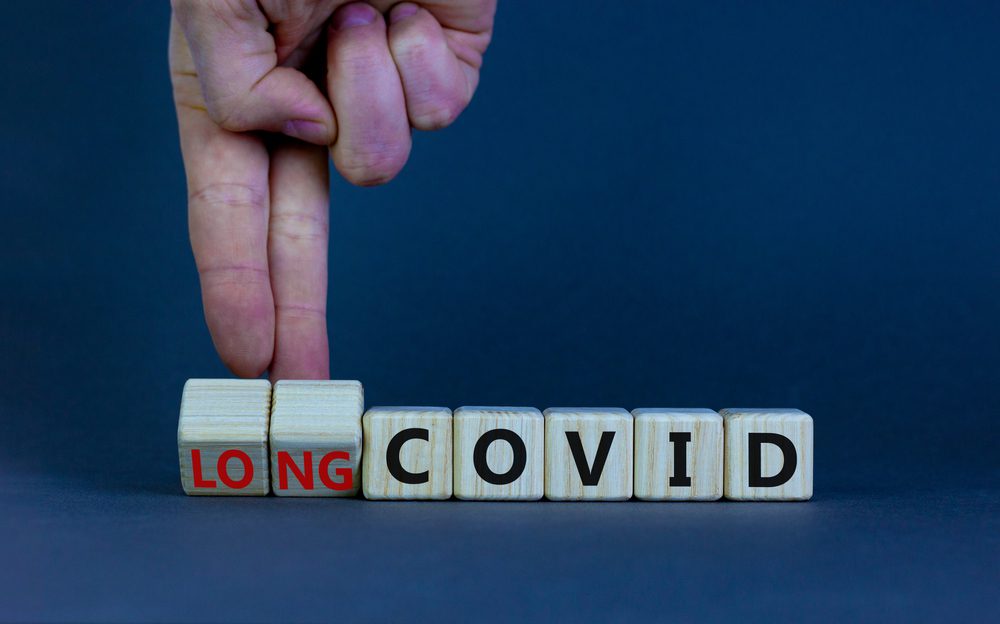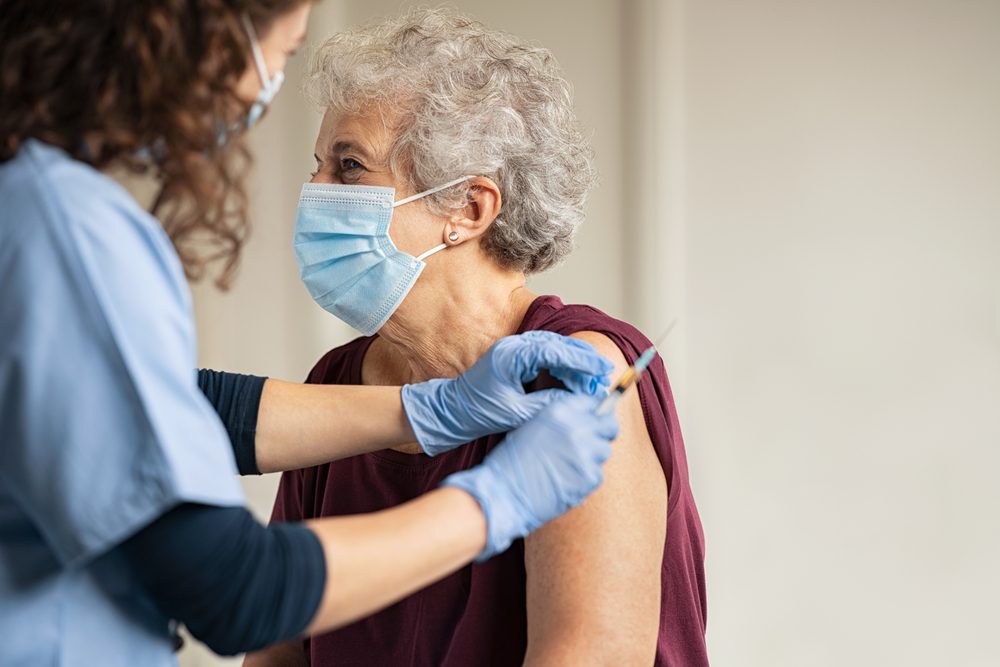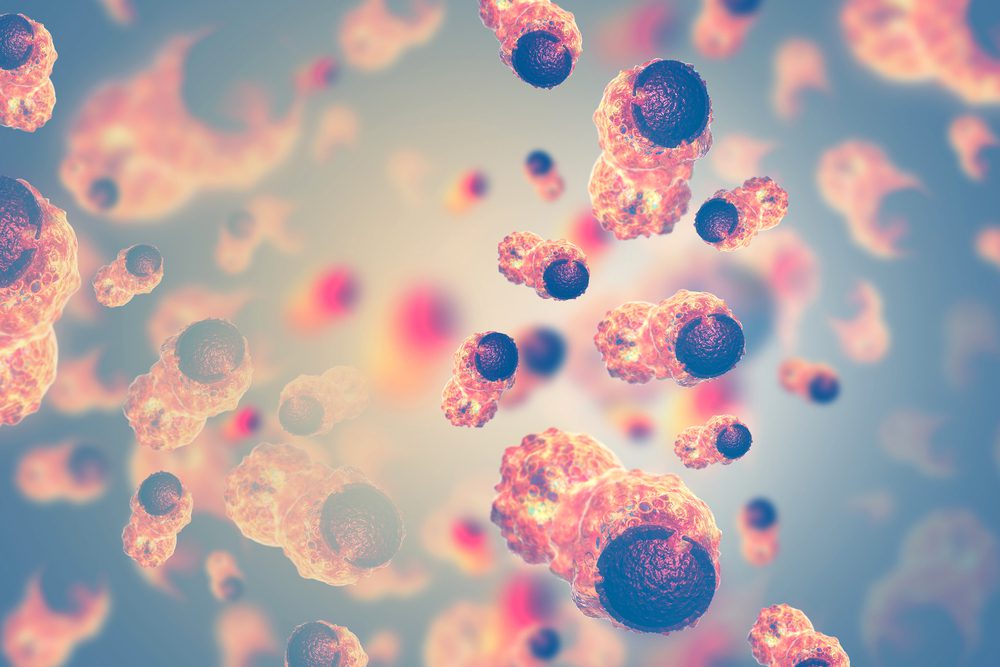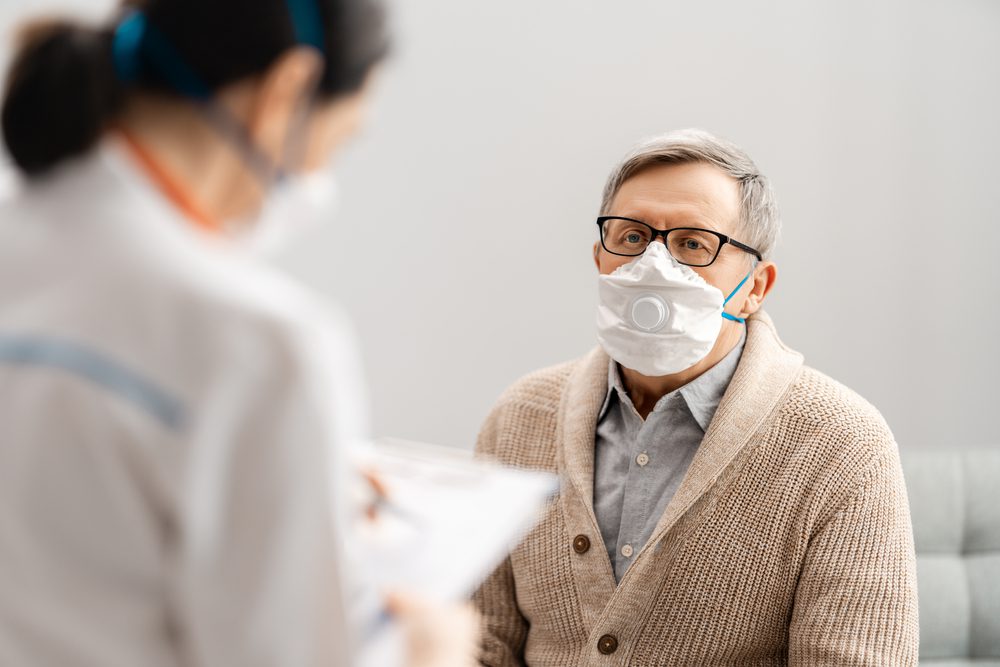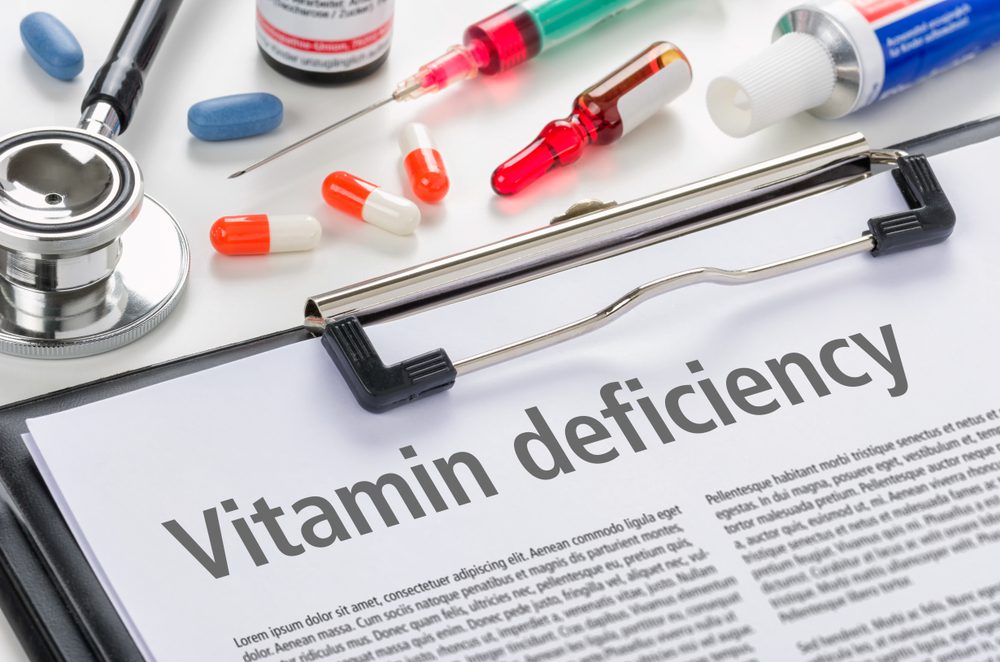Decoding the Signals: The 7 Key Signs of Shingles
Knowing what are the first signs of shingles can help you seek medical care promptly, which is crucial for managing the illness and reducing the risk of complications. The symptoms typically progress in stages, often over several days. Here are the key signals to watch for, almost always occurring on just one side of the body.
First: The Unseen Warning. Long before any rash appears, you might experience what’s called the “prodromal” stage. This often feels like a localized, unexplained sensation on a patch of skin. It can be a tingling, itching, burning, or even a sharp, stabbing pain. You might dismiss it as a pulled muscle or sensitive skin, but it’s actually the virus becoming active in the nerve root. This stage can last for several days and is an important early clue.
Second: The Red Rash Emerges. After a few days of strange sensations, a red rash will appear in that same area. It doesn’t look like chickenpox, which spreads all over. Shingles is distinctive because it follows the path of a specific nerve, creating a stripe or band-like pattern on one side of your torso, neck, or face. This is called a dermatome pattern.
Third: Blisters Begin to Form. The red rash quickly develops into clusters of small, fluid-filled blisters. These blisters can be very painful and sensitive to the touch. They look similar to chickenpox blisters but are confined to that one specific area.
Fourth: The One-Sided Stripe. The location of the rash is a major hallmark of shingles. It almost never crosses the midline of your body. You might have a painful band wrapping around your left rib cage or a patch of blisters on the right side of your forehead, but not both. If the rash involves the face, particularly near the eye, it’s a medical emergency that requires immediate attention to prevent potential vision damage.
Fifth: Feeling Unwell Overall. Shingles isn’t just a skin condition; it’s a viral illness that affects your whole system. Along with the rash, it’s common to experience fever, chills, headache, fatigue, and an upset stomach. You may feel generally run down, similar to how you feel when you have the flu.
Sixth: The Crusting and Healing Phase. Over the course of 7 to 10 days, the fluid-filled blisters will begin to dry up and form yellowish crusts or scabs. As the scabs form, the pain may start to subside. It’s important not to scratch them to prevent scarring and secondary bacterial infections.
Seventh: The Lingering Aftermath. For most people, the rash will clear up completely within two to four weeks. However, for some, the pain continues long after the rash is gone. This serious complication, known as postherpetic neuralgia (PHN), can be debilitating, with nerve pain lasting for months or even years. This is the single most feared complication of shingles and the most compelling reason for prevention.



